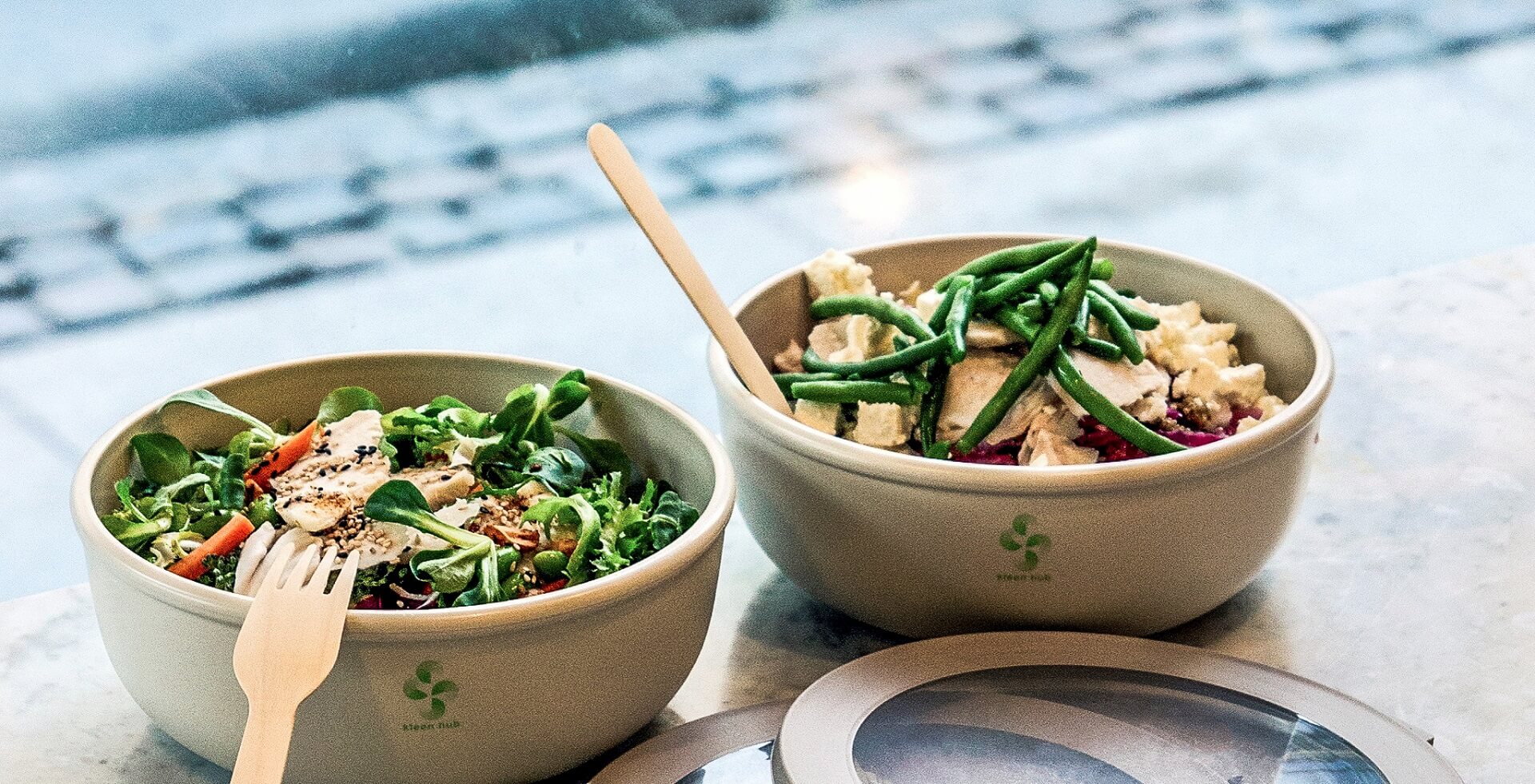For two years the pandemic has put the squeeze on the foodservice sector, narrowing operators’ focus to survival and how to adapt business models to cope with the ever-changing restrictions on social gatherings. Now, the ties that bound consumer behavior so tightly are loosening and operators are starting to embrace the new normal.
Euromonitor International study: New concepts foodservice
The question is, what does the new normal look like? Euromonitor’s International latest New Concepts in Consumer Foodservice report provides some keen insight into what is next in the industry and highlights many high-level, forward-looking global trends that will affect both operators and consumers.
The key finding in the report is that sustainability, which fell off the radar to a large extent while operators battled with the many challenges that the pandemic threw at them, is firmly back on the agenda. This is largely due to the evolving preferences of consumers.
Eco-conscious consumers eager for interaction
Hungry for social interaction after the limitations of lockdown, consumers are ready to put dining at the heart of their social occasions, even embracing new restaurant formats that integrate dining experiences and social connections.
Sieh dir diesen Beitrag auf Instagram an
Le Présage is one of those innovative restaurant formats combining dining experience with a fully sustainable ecosystem and concept. The provided hyper-local cuisine is the defining feature of the full-service restaurant that has its own fruit and vegetable garden. Even energy is sourced sustainably since all meals are prepared with the use of a solar-powered oven. Currently operating in a small scale it definitely has the potential to increase its reach.
On-the-go consumers are eager for flexible foodservice formats that seamlessly blend social interaction with convenience. As a result, new restaurant concepts that capitalize on these trends are emerging across the globe as consumer habits adapt to the post-pandemic era.
For example, Bairro’s Buro in the Netherlands combines a coworking space with fashionable beverages and baked goods. Customers can rent a table by the hour – be it bar seating, sofa and study tables, or brainstorming tables with space for up to four guests – to create a collaborative working environment with readily available food and beverage options.
Sieh dir diesen Beitrag auf Instagram an
A different take on the combination of social occasions and dining is Base8 in Hong Kong, which brings drinks, food and a manicure all under one roof by combining a restaurant and a beauty parlor. While many cafés and coffee shops encourage a grab-and-go model, Base8 encourages customers to linger, shop and socialize.
As consumers embrace new dining concepts, they are nevertheless as conscious as ever of their impact on the environment – possibly more so. As they increasingly demand sustainable packaging and options, restaurant operators will need to work harder to eliminate single-use plastics and provide more sustainable packaging for delivery and takeaway orders.
No easing up on innovation
Although the pandemic was a very difficult time for the industry, it provided an impetus for innovation that no foodservice operator could afford to ignore. Many had to make rapid changes to improve their ability to handle digital orders and deliver food on-demand, and that process of adaptation is likely to continue.
Sieh dir diesen Beitrag auf Instagram an
Indeed, new formats and innovative concepts around meal fulfillment and sustainability are showing promise. In terms of sustainability, Kleen Hub in Denmark is a prime example of innovation. It allows customers to “check out” a container from one of the company’s restaurant partners when ordering takeaway or delivery meals, as part of a reusable package-sharing network that helps businesses and consumers cut back on single-use cups and containers.
Another promising innovation is FoodPrint in New Zealand, which helps to reduce food waste by offering consumers the opportunity to purchase excess food products from restaurants at discounted prices.
In terms of food meal fulfilment, the explosive growth in food and drink delivery has led many operators to optimize their on-demand delivery operations, often relying heavily on ghost kitchens, virtual brands and automated foodservice concepts. Indeed, automation – which has happened slowly and gradually until now – is likely to pick up pace, as new automated concepts continue to emerge.
Food vending machines became far more common during the pandemic, as they eliminate the need for human contact, and they are likely to remain a familiar feature in towns and cities even as restrictions ease.

Image: Fizza Oy
Take, for example, Fizza in Finland, a 24/7 vending machine providing seven different artisanal pizzas ready in three minutes, all cooked in a state-of-the-art pizza oven. The kiosks are also connected to a smartphone app that lets customers order ahead.
In Malaysia, Grab e-kitchen is the country’s first ghost kitchen concept. It provides a mix-and-match menu featuring multiple brands, and since its launch in 2021 it has grown rapidly as the demand for delivery and takeaway has expanded. Using a centralized kitchen is proving to be a cost-effective option for operators, as well as providing consumers with a huge range of choice.
And it is a further proof that this kind of concept has been successful during the pandemic and will do so in the future, see e.g. Kitopi. Founded even before the pandemic in 2018 the concept took off in the meantime and expanded across the globe. The smart kitchen equipment used does not only optimize back-of-house productions it is also a great option for small restaurant brands operating at low cost but maximum efficiency.

Image: Kitopi
Cost and customer focus
As the world continues to recover from the pandemic, foodservice operators are clearly keeping an eye on shifts in social habits and consumption preferences in order to drive innovation. They are working hard to understand how, when and where consumers are choosing to eat, while also keeping a keen eye on costs.
For this reason, automation and ghost kitchens have grown in popularity, as they provide the cost-efficiency, convenience, and choice that operators and consumers are looking for. Automation in both food production and order fulfilment will continue apace, and there is also likely to be more vertical integration among food production, food preparation and delivery management providers to capitalize on potential efficiencies in meal fulfilment.
The pandemic brought about many changes and its effects will be felt for many years to come, even as the industry rebalances away from delivery and takeaway concepts to once again embrace the dine-in experience. In every aspect of the industry, innovation will be essential to capture the many opportunities that will arise in a post-pandemic world.
















